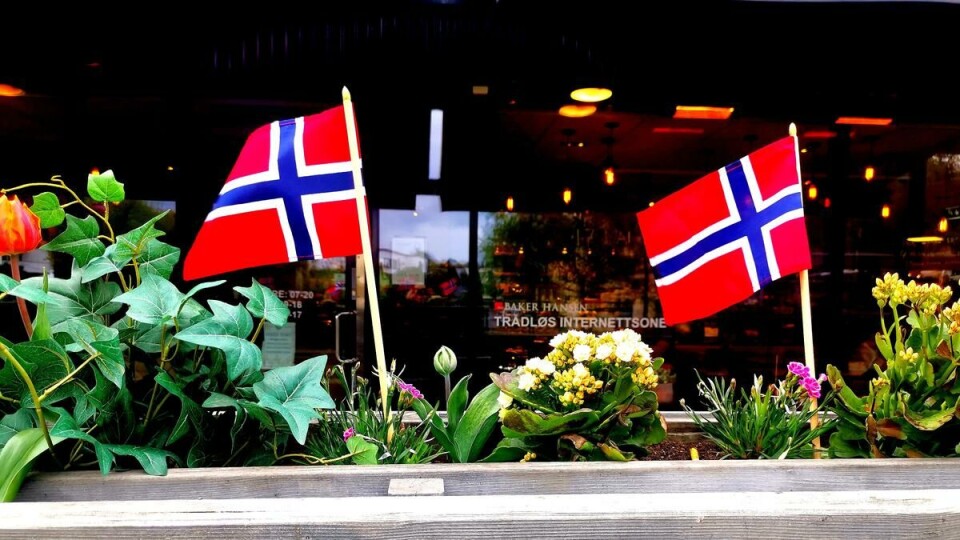
New-to-Norway Guide to the 17th of May
Champagne and parades, all-day ice cream and suit-and-tie attire. These are some of the images conjured when one thinks of the 17th of May, Norway’s Constitution Day.
For international students in Oslo this semester it’s likely their first time being able to celebrate the holiday. Even those who have lived in Norway for a longer period might still be looking forward to their first proper 17th of May, as the pandemic has limited the festivities for the past two years. Now that restrictions have been lifted, and we can get back into the swing of things, Inter Universitas is here with a guide for exchange students on what to expect and suggestions on how to participate.
Origins at Eidsvoll
May 17th marks the anniversary of the day that the Norwegian Constitution, or Grunnloven, was ratified by a selection of 112 community leaders at Eidsvoll. This event is one of the most important in Norwegian history, as it was the first major step for the nation in regaining its independence.
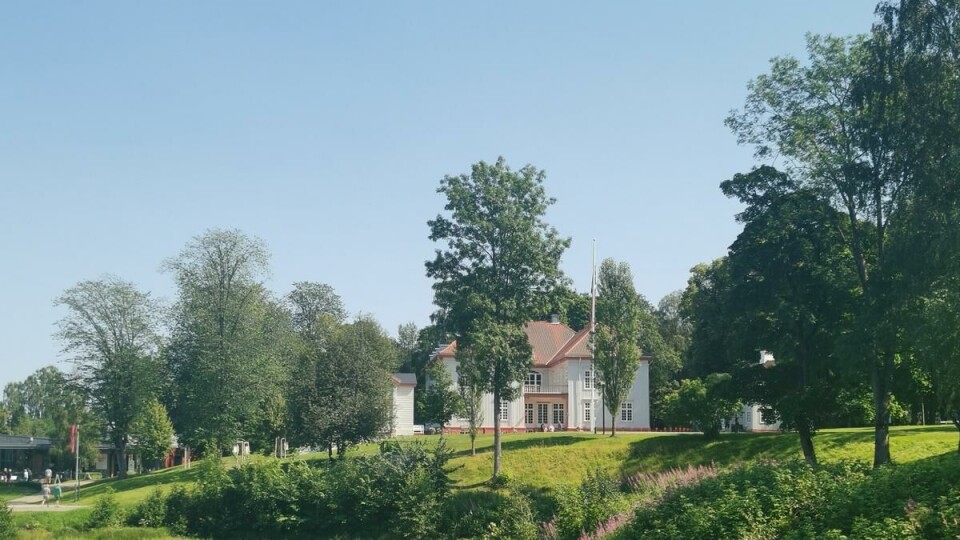
In the late 14th century, the Scandinavian countries became one political entity through the Kalmar Union, which eventually paved the way for full Danish control of Norway during the Reformation. However, Denmark’s power significantly weakened after they were part of the losing alliance in the Napoleonic Wars in the early 1800’s. Norwegians wanted to use Denmark’s fragile position in order to break away from the suffocating union and reestablish sovereignty.
The result of these efforts was a constitutional convention at Eidsvoll in 1814, and on May 17th, the Constitution was signed by the members of the committee. Though it would still take nearly a hundred years for Norway to achieve independence (this time from Sweden, not Denmark) the signing of the Constitution was a first step towards Norwegians retaking political power in their own country, and Grunnloven is still the fundamental law of the land today.
Bunad, and What to Wear
The achievement at Eidsvoll was a part of a larger cultural Renaissance in Norway called the National Romantic Movement, which saw a rediscovery or reinvention of Norwegian culture, which had been stifled by Danish control. This period saw the compositions of Grieg, the collecting and adapting of fairytales by Asbjørson and Moe, the creation of New Norwegian, or Nynorsk, by Ivar Aasen, and the invention of the bunad, what is now the traditional dress of Norway.
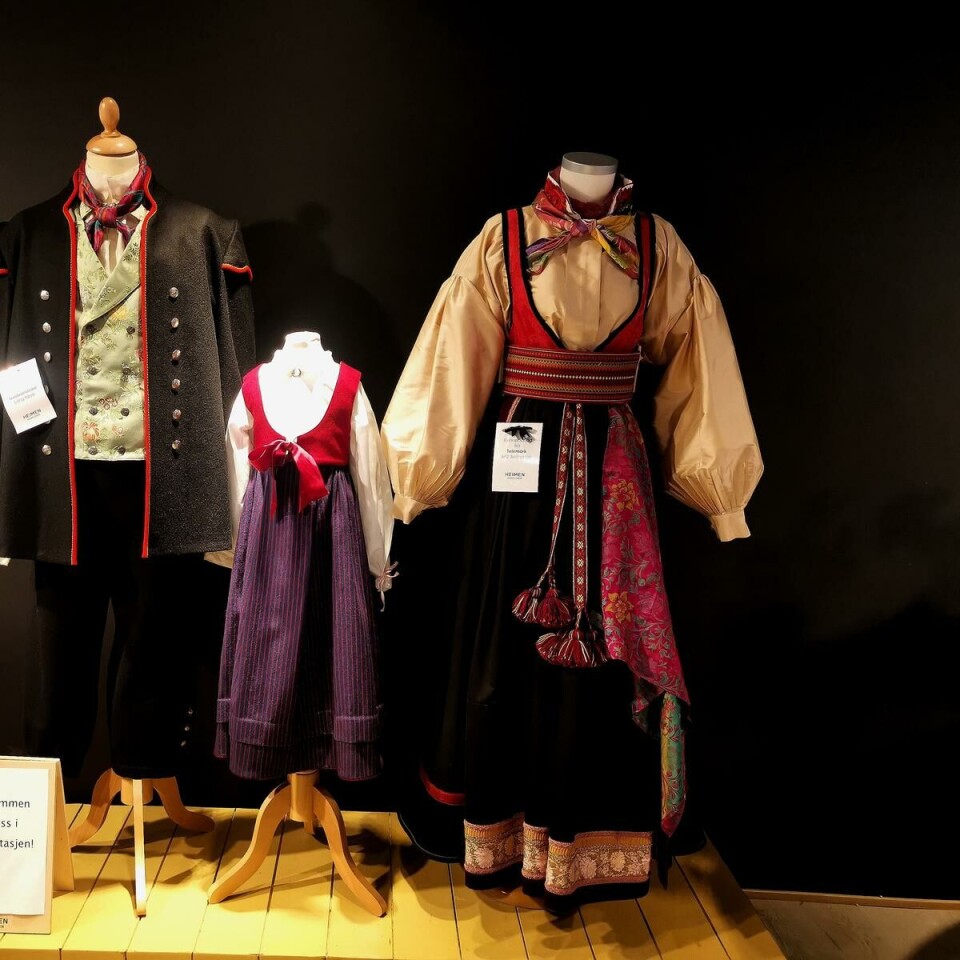
Though the bunad is for both men and women, it is more common for women to wear, and the various women’s styles are often more vibrant and intricate than the men’s. If they have one, Norwegians will wear their bunad on the 17th of May, as a celebration of both their cultural inheritance and the political milestone achieved at Eidsvoll. The bunad is an expensive set of garments, with the full costume often exceeding 30,000 NOK, and is usually a gift given after one’s Confirmation at fifteen years old. It’s worn at other occasions other than Constitution Day, such as religious ceremonies, birthdays and even the last day of high school.
Though I wouldn’t recommend that international students go out and buy themselves a bunad, I would say it is important to have fun looking your best – whatever that means for you – and if you’ve brought with you a traditional dress from your own country, it’s a great way to show solidarity with Norwegians on the holiday.

Ja, vi elsker dette landet
Another central aspect of the day’s festivities is the singing of Norway’s national anthem, “Ja, vi elsker”. The words were written by Bjørnstjerne Bjørnson, who lived in the 19th century, and is still recognized today as one of Norway’s most important authors. You can see his statue near the National Theater. The first time the song was performed was at Eidsvoll in 1864, as part of the 50th anniversary of the signing of the Constitution.
On 17th of May at 1 o’clock, the whole country sings “Ja, vi elsker”. Even if you don’t know Norwegian, it’s worth trying to memorize it to participate in the event – and impress your Norwegian friends!
Champagne Breakfast and Cheat Day
On Constitution Day the party begins early with a champagne breakfast amongst friends. I’ve only been to one throughout my time in Norway, and it was a potluck event where everyone brought a dish. There were staples like eggs, toast and bacon, as well as various fruits and desserts – and, of course, champagne!
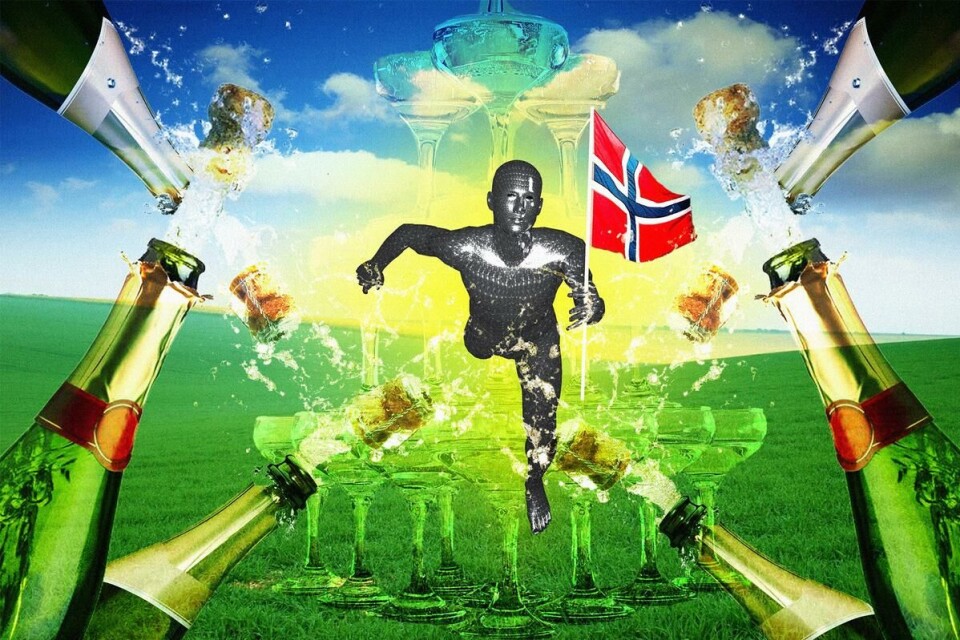
For the champagne breakfast, there are no set-in-stone rules you need to follow. Even the champagne is optional for those who want to abstain. The most important thing is to prepare good food – whatever that means for your preferences and budget – and get ready to enjoy yourself with friends. If you haven’t already been invited to one of these breakfasts, take the initiative and plan one with your international and Norwegian friends.
For the rest of the day, it’s common to indulge in sausages and ice cream, which can be purchased at any convenience store; it can’t hurt to nibble a bit on such a special occasion.

Parade
One of the main events of the 17th of May in Oslo and in other municipalities is the children’s parade. All schools in Oslo have the opportunity to participate, and this year the highest number to date – 130 – have signed up. Children dress in their best attire, wave flags, play instruments and sing songs as they walk, accompanied by parents and teachers. This year, the parade will begin at Akershus Fortress at 10 in the morning, and culminate at the city hall, Rådhuset, at around 1:30 in the afternoon.
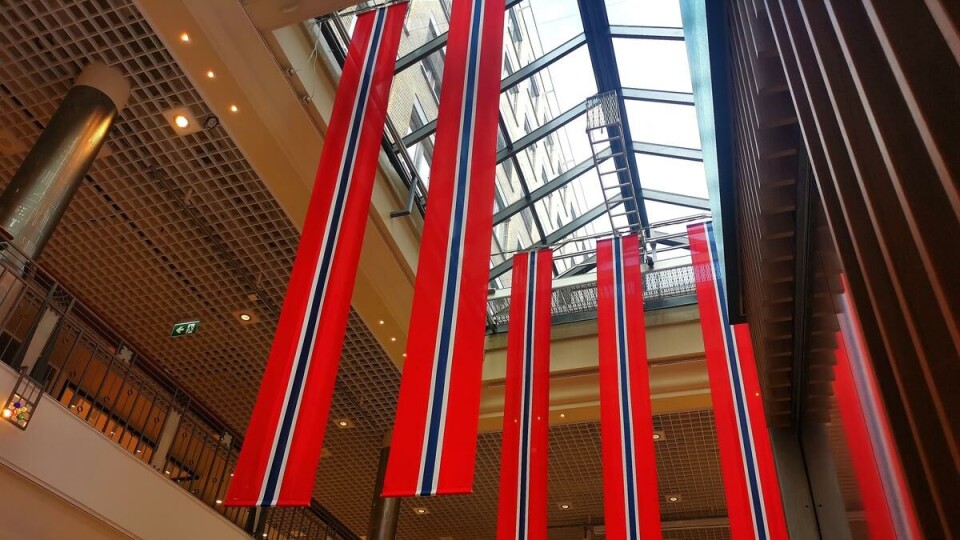
The historical development of the parade was a gradual one with different cities observing the 17th of May in different, but often subversive ways while under union with Sweden between 1814 and 1905. According to an entry in den store norske leksikon, one of the earliest examples of a Constitution Day parade in Norway occurred in Trondheim in 1826, but people of all ages marched instead of just school children. In 1870, Bjørnstjerne Bjørnson, the same writer who composed the lyrics for “Ja, vi elsker”, organized the first large-scale children's parade in Oslo – for boys only. Girls would have to wait until 1889 to be allowed to participate.
Countdown to the 17th of May
Join the rest of Oslo in cheering on the children’s parade this year, maybe after throwing your own champagne breakfast. Look at the beautiful bunads that color the streets and sing the national anthem as loud as you can. Enjoy “syttende mai” and celebrate the freedom and independence that Norwegians have striven for.
































